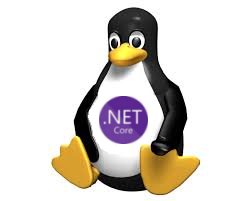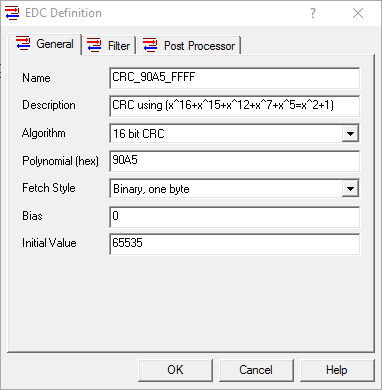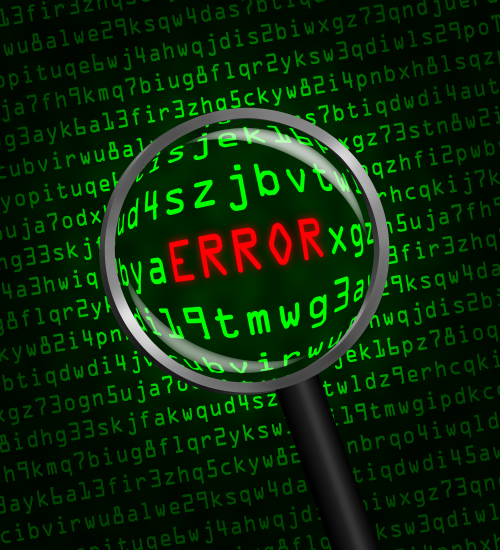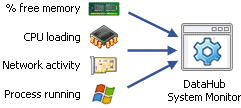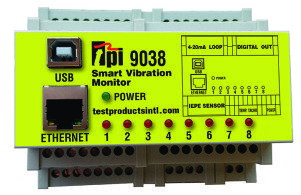The 2018.3 release of the OPC Data Client toolkit continues to make OPC UA client development easier, more secure and interoperable, while continuing to support OPC DA, A&E, and XML-DA development.
In this blog post I have taken the release notes and boiled it down to the key benefits that might drive you to upgrade, get back on support, renew support, or, if you’re new to OPC client development, try our OPC Data Client toolkit.


